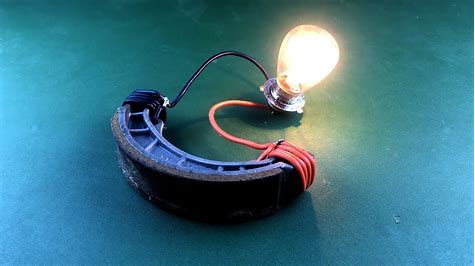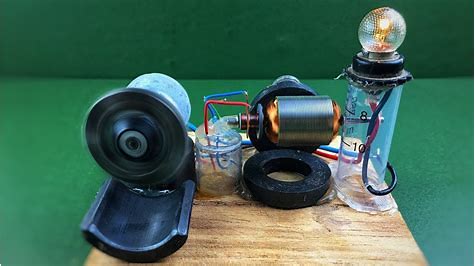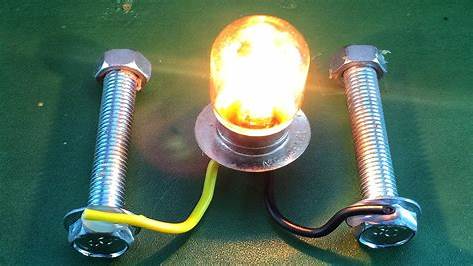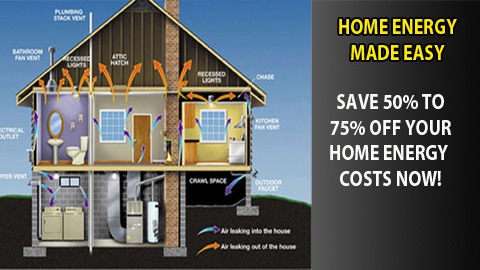
Homemade electricity has become increasingly popular as people seek alternative sources of energy. The process involves using renewable resources such as solar or wind power to generate electricity.
With the right equipment and a little bit of know-how, anyone can produce their own clean and sustainable energy.
In this article, we’ll explore the benefits of homemade electricity and how you can get started on your own journey towards self-sufficiency.
As an electrical engineer with years of experience in the field, I am excited to share my knowledge about this fascinating topic.
Understanding Renewable Energy Sources
As an electrical engineer, I have heard many theories about the feasibility of homemade electricity.
Some say that it is not possible to generate enough power for a home using renewable energy sources like wind turbines or solar panels.
Others believe that with the right equipment and knowledge, anyone can produce their own electricity sustainably.
The truth lies somewhere in between.
While it may be challenging to meet all your energy needs through homemade electricity alone, renewable energy sources offer a promising alternative to traditional fossil fuels.
With advancements in technology and more affordable equipment on the market today, generating your own sustainable energy has become easier than ever before.
In this section, we will explore these renewable energy sources and how they work to help you understand if homemade electricity is right for you.
From there, we will move onto choosing the right equipment for your needs.
Choosing The Right Equipment For Your Needs

Now that we have a good understanding of renewable energy sources, let’s move on to the next step – choosing the right equipment for your needs. When it comes to homemade electricity, there are various options available in the market, and selecting the appropriate one can be overwhelming.
The first thing you need to consider is your power requirements. Once you know how much electricity you need to generate, you can start looking at different systems such as solar panels, wind turbines, or hydropower systems. Each system has its benefits and drawbacks, and it’s essential to choose the one that aligns with your budget and location.
Let’s dive into each option further in the subsequent section.
Generating electricity with solar power is an excellent choice for those who live in sunny regions. Solar panels convert sunlight directly into electricity using photovoltaic cells. They are easy to install and require little maintenance once set up correctly. Additionally, they don’t produce any greenhouse gas emissions during operation and can last up to 25-30 years.
In our next section, we will explore more about generating electricity with solar power and what factors you should keep in mind while setting up a solar power system at home.
Generating Electricity With Solar Power
Let’s discuss the two main subtopics related to generating electricity with solar power:
solar panels
solar energy storage
I’m sure we can come up with some creative solutions to optimize these components for maximum output.
Solar Panels
Hey there, have you ever considered using solar panels to generate your own electricity? As an electrical engineer, I highly recommend it.
With the help of solar panels, you can harness the power of the sun and convert it into usable energy for your home or business. These panels work by absorbing sunlight and converting it into direct current (DC) electricity that can be used immediately or stored in batteries for later use.
The great thing about solar panels is that they are low maintenance and have a long lifespan, making them a cost-effective option for generating electricity over time. Additionally, with advances in technology, solar panel efficiency has increased significantly in recent years, meaning more power can be generated from smaller systems.
So why not consider installing some solar panels on your property today?
Solar Energy Storage
Now that we’ve covered how solar panels can generate electricity, let’s talk about what happens when the sun isn’t shining.
One of the challenges with solar power is that it depends on sunlight to produce energy.
However, by using solar energy storage solutions like batteries, you can store excess energy generated during peak hours for use later.
This means that even if it’s cloudy or nighttime, your home or business can still run on clean and renewable solar energy.
As an electrical engineer, I highly recommend considering a solar panel system with energy storage capabilities for maximum efficiency and sustainability.
Creating Electricity With Wind Power

When it comes to creating electricity with wind power, the key is understanding how turbines work. Wind turbines are essentially giant fans that use kinetic energy from the wind to spin a rotor. The rotor then turns a shaft inside the generator, which converts mechanical energy into electrical energy.
To get started with building your own wind turbine, you’ll need some basic materials including PVC piping, a DC motor, and blades made of wood or plastic. Once you have these materials assembled, you can begin constructing the turbine itself by attaching the blades to the PVC pipe and connecting this assembly to the DC motor.
Finally, connect wires from the motor to an inverter so that you can convert the direct current (DC) generated by your turbine into alternating current (AC), which is what most households use for their electrical needs.
It may take some experimentation and tweaking to get your homemade wind turbine producing enough electricity to meet your household’s needs consistently, but with persistence and determination, it is definitely possible.
By harnessing the power of nature through wind energy, you not only reduce your reliance on traditional sources of electricity but also contribute towards reducing carbon emissions – making it an environmentally-friendly option as well.
Conclusion
In conclusion, creating homemade electricity is an exciting and rewarding endeavor that can help reduce your carbon footprint while also saving you money on energy bills. As an electrical engineer, I strongly advocate for renewable energy sources such as solar power and wind power.
One metaphor to describe the process of generating your own electricity is that it’s like planting a tree. Just as a seed requires care and attention to grow into a full-grown tree, creating homemade electricity requires careful planning, investment in equipment, and ongoing maintenance.
However, just as a mature tree provides shade and oxygen for years to come, generating your own electricity can provide benefits for both yourself and the environment long-term.
According to data from the National Renewable Energy Laboratory (NREL), rooftop solar panels installed on homes have increased by more than 50% since 2014. This trend shows that more people are recognizing the importance of renewable energy sources and taking action to create their own electricity at home.
With the right equipment and knowledge, anyone can be part of this movement towards sustainable living. So go ahead – plant your renewable energy seed today!

